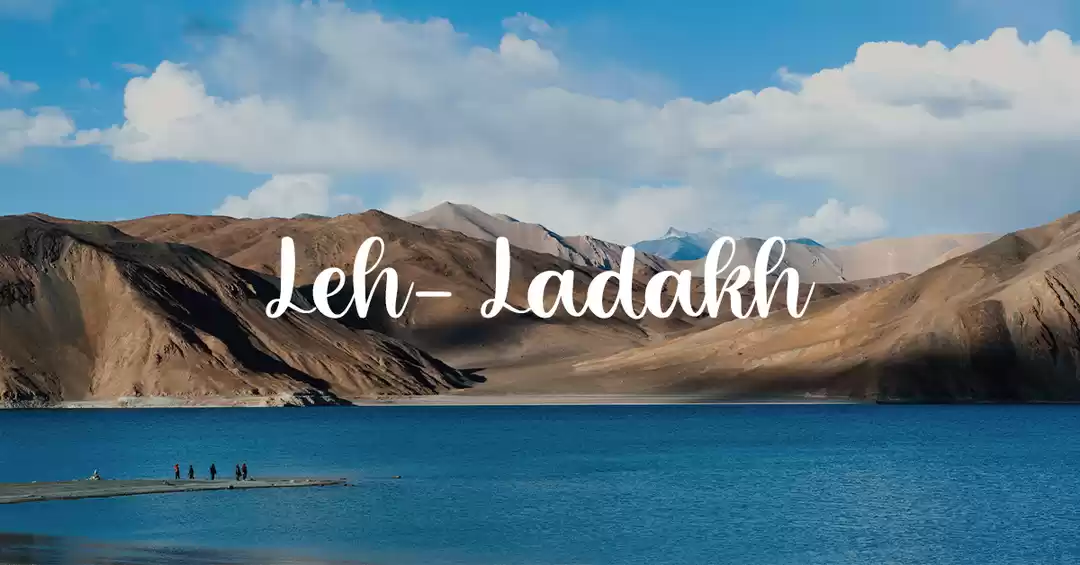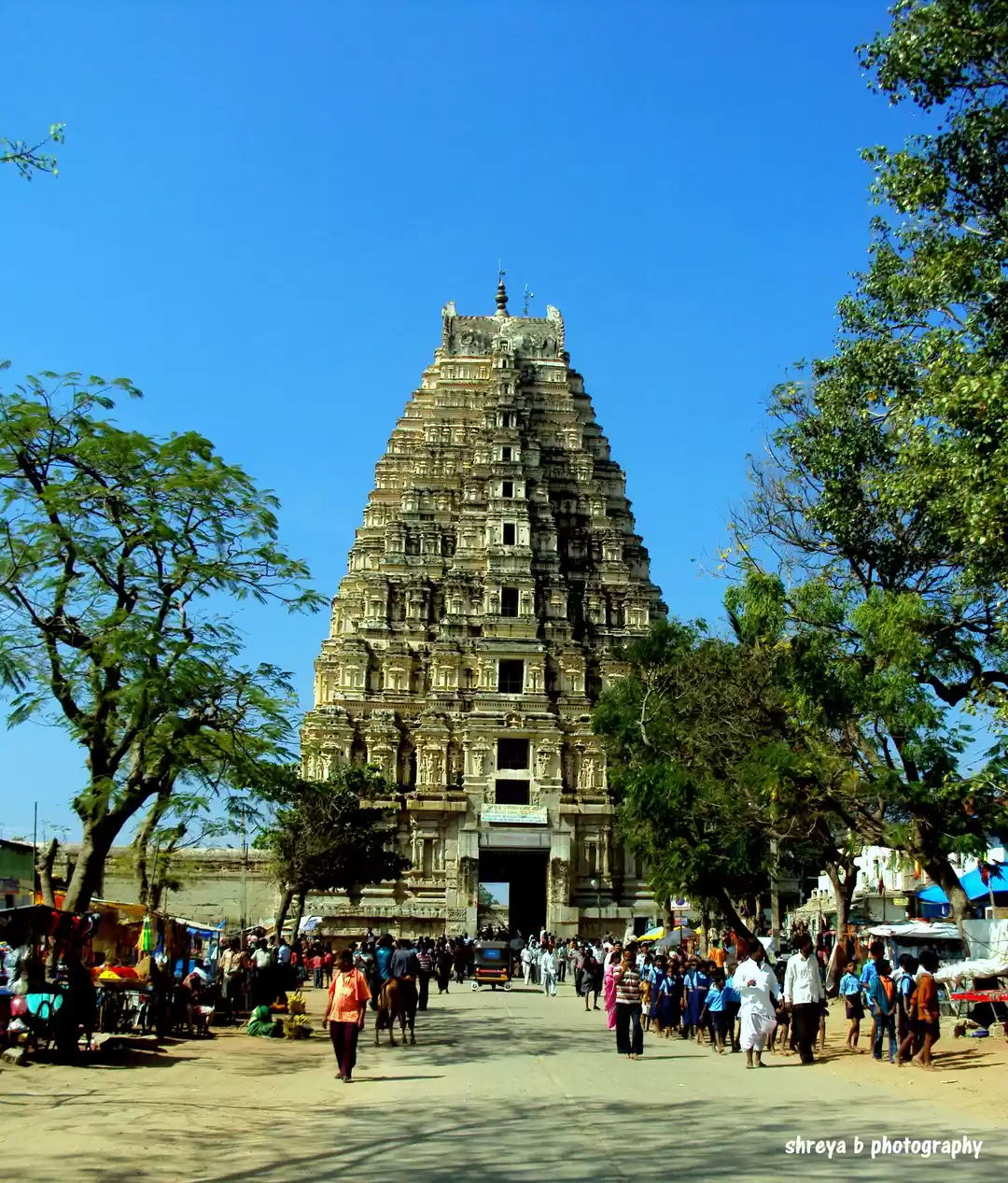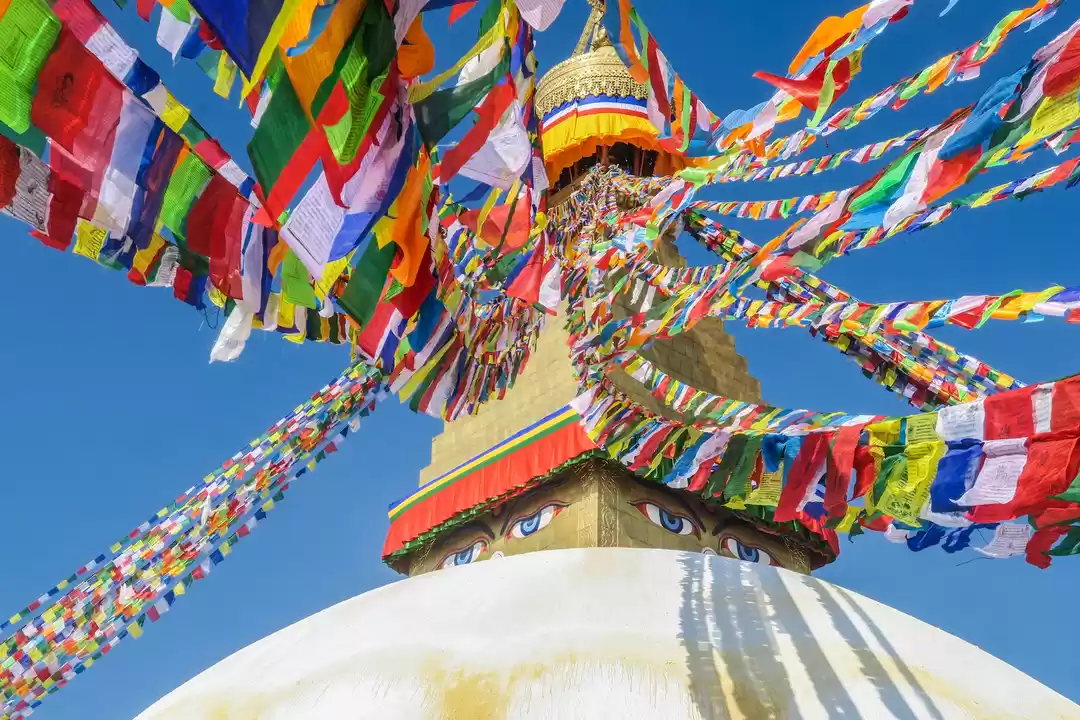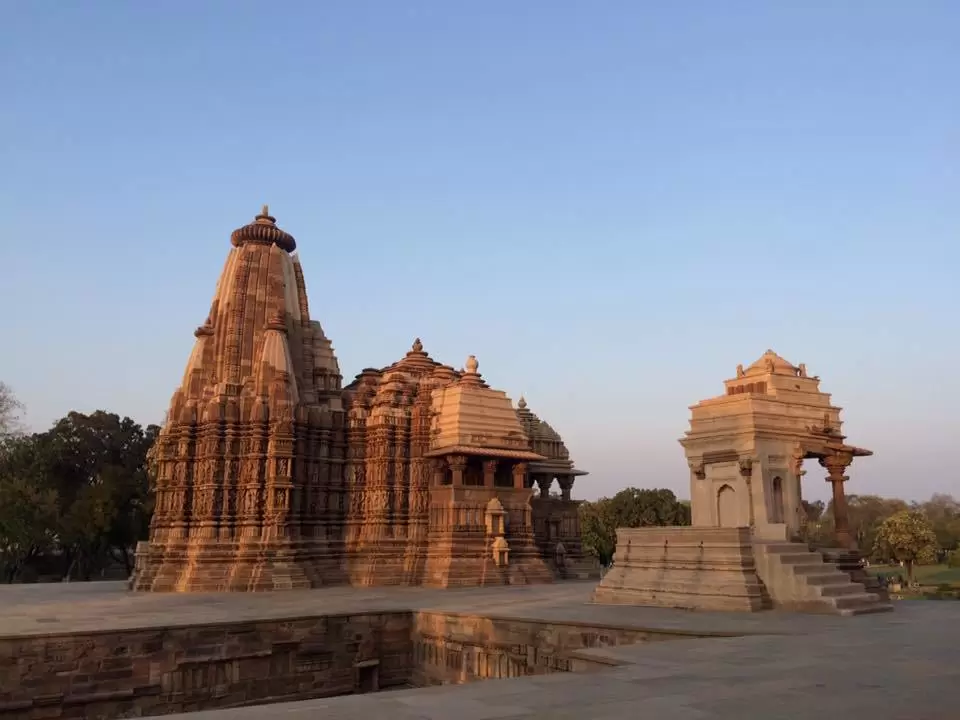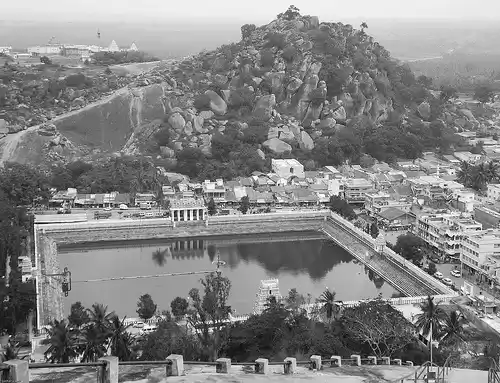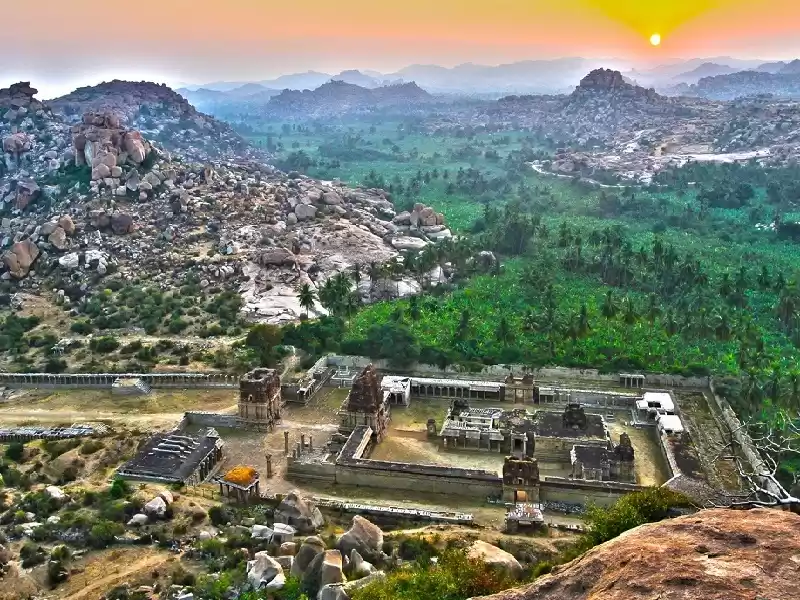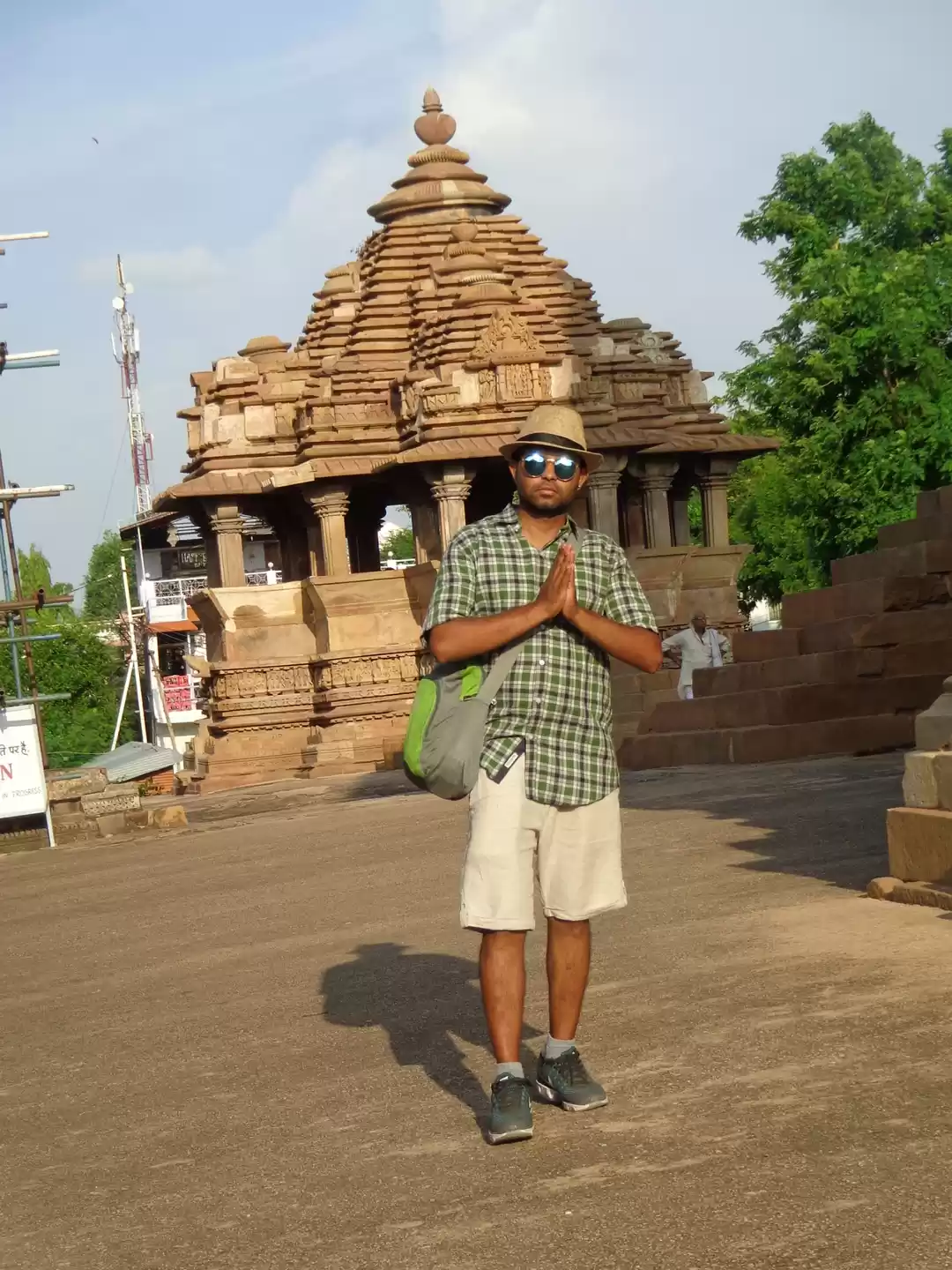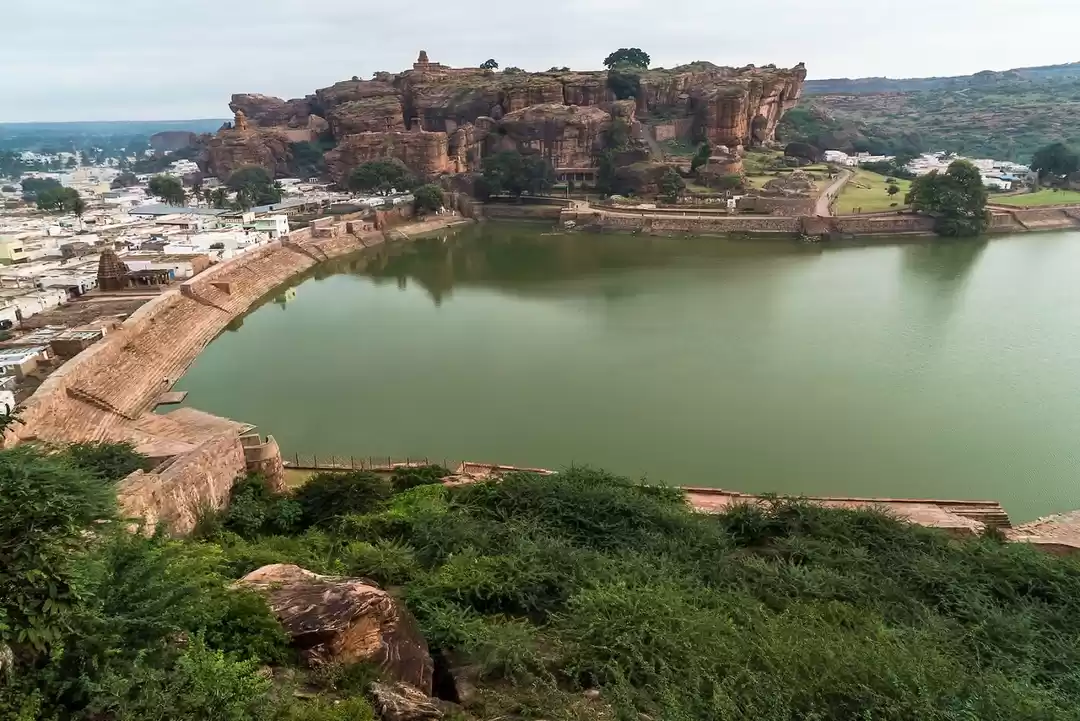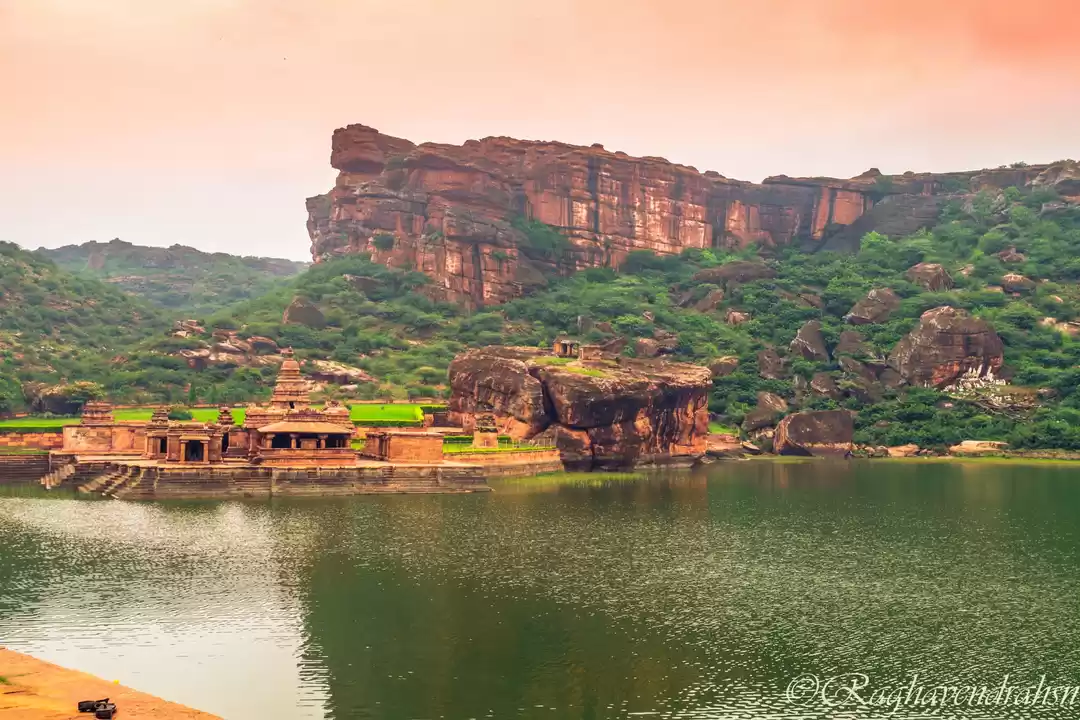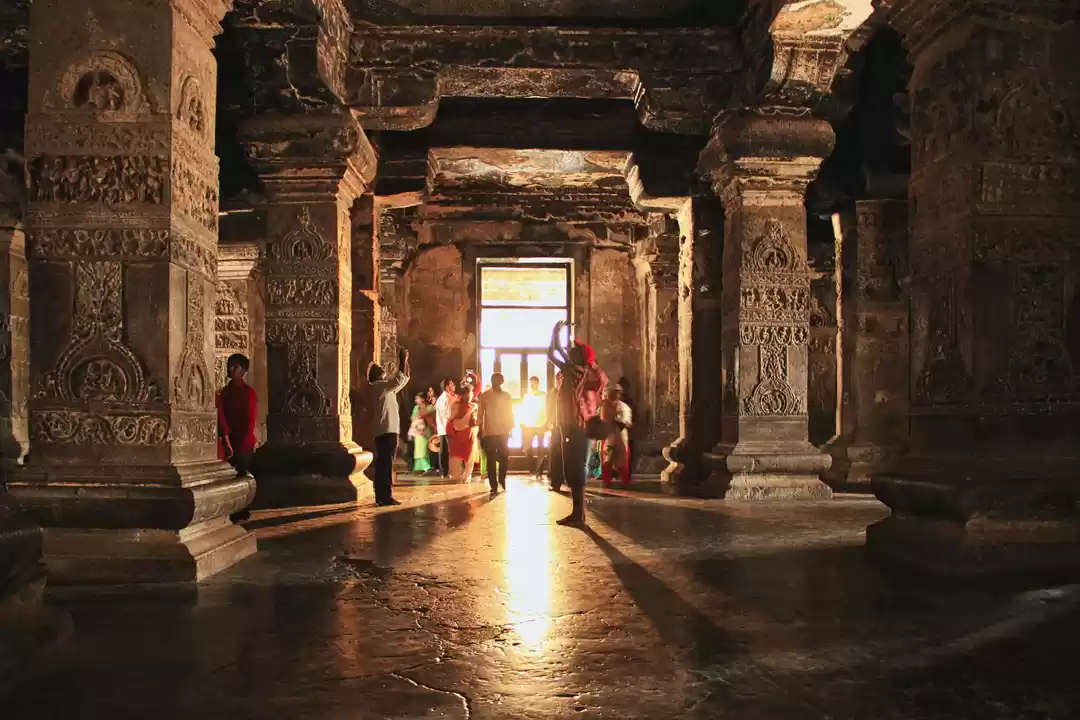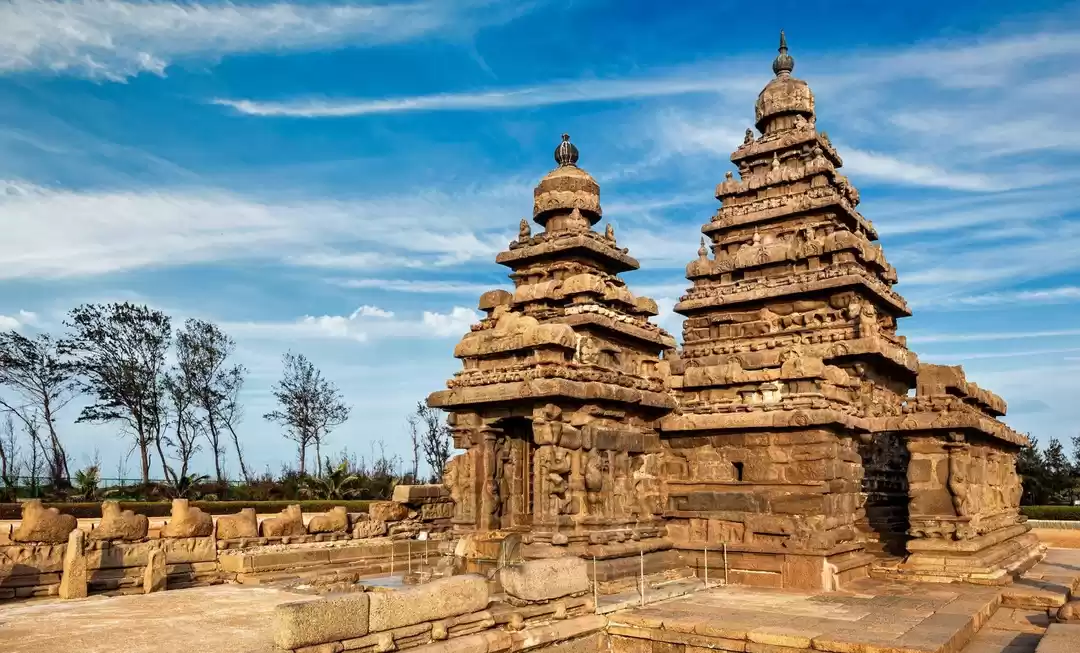Real life learning experiences are always special.It gives a depth to our knowledge and clarity to our perception. And when the learning comes with a package of surprise, it becomes a memory forever.That is why its important to witness the process of evolution. What makes this 'process of evolution' a smooth affair ?? The answer is History.
When the context of history comes, India stands strong. Its evolution of architecture through the ages can drop your jaw, make you wonder with surprise and create an eternal impression. Different heritage clusters in India show craftsmanship, techniques and socio-cultural blend at its best.
My own experience as an architecture student emphasizes the justification even more. So all the architecture folks out there, what's the wait for ?? pack you bags, take sketchbook and camera and start to explore...
1. Ajanta Ellora
Archaeological Survey of India described it as the finest surviving example of Indian art; a UNESCO World Heritage Site on its own merit, these rock cut Buddhist cave monuments in Aurangabad District of Indian state of Maharashtra are dated back to 480 to 650 BC.
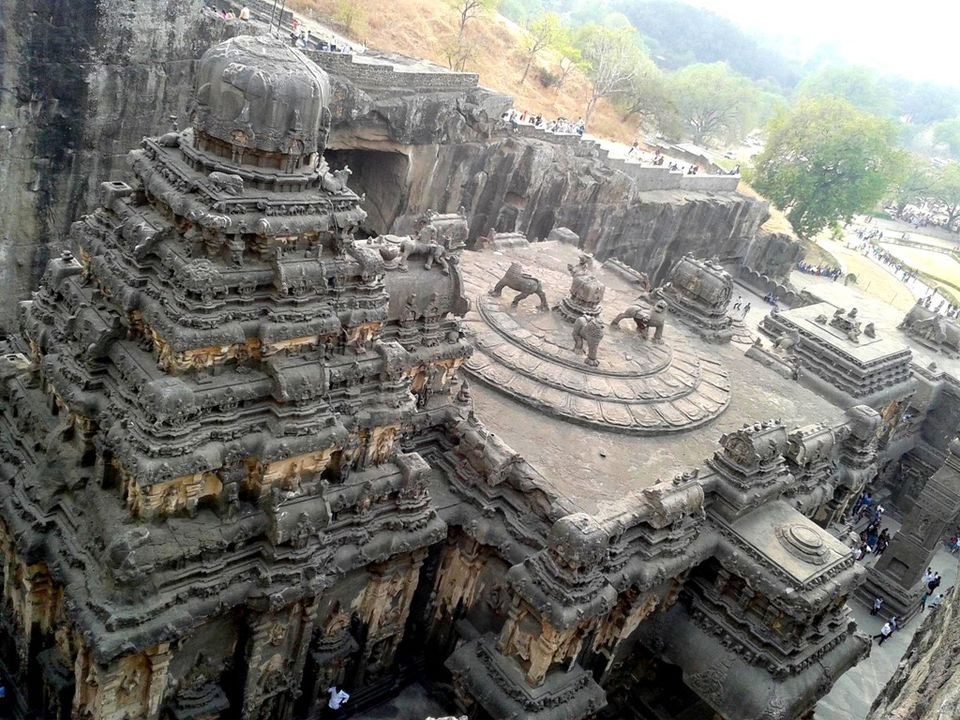
Points to look out for: the carvings, excavation way, intricate detailing, spatial organization, rock cut architecture
2. The Great Living Chola Temples
Another UNESCO World Heritage Site, the cluster consists of three main temple complexes catering to three different place of Thanjavur or Tanjore district of South Indian state of Tamil Nadu.The Peruvudaiyar Kovil or the Vrihadeeshwara Temple in the heart of the city Thanjavur is dedicated to Lord Shiva and is famous for its Dravida style architecture. Airavatesvara Temple at Darasuram near Kumbhakonam is another one whilst the Great Temple of Gangaikondacholapuram is the third one.

Points to look out for: the grand structure, Gopuram, spatial organization, South Indian Dravida style of architecture, sculptures, intricate detailing, construction techniques.
3. Khajuraho
Khajuraho group of temples are a famous cluster of Hindu and Jain temples located in Indian district of Madhya Pradesh about 175 km south east from Jhansi. This UNESCO World Heritage Site is known for its grand temples, North Indian Nagada style architectural symbolism and erotic sculptures. Most of the temples are dated back to 950 -1050 A.D and were made by the Chandella dynasty.Important temples in the clusters are Kandariya Mahadeva temple, Lakshmana Temple, Chausath Yogini Temple among the Hinduism and Parshwanatha Temple, Adinath jain temple among Jainism. Vaishnav and Shaiva sect of Hinduism was predominant.

Points to look out for: the grand structure, use of symbolism, spatial organization, North Indian Nagada style of architecture, sculptures, intricate detailing.
4. Hampi
The medieval Islam ruled capital of Vijayanagara Kingdom from 1360-1565 A.D was one of the richest cities of its time. History speaks about its glory even now in every nook and corner of the village. Once the largest city of India has become a tiny archaeological village situated on the bank of river Tungabhadra in the Bellary district of Northern Karnataka. Temples, ruins, archaeological remains all made it a place worth the UNESCO World Heritage Site tag. Hampi is 12 km away from the nearest railway station in Hospet. Bellary is 74 km and state Capital Bengaluru is about 353 km away.
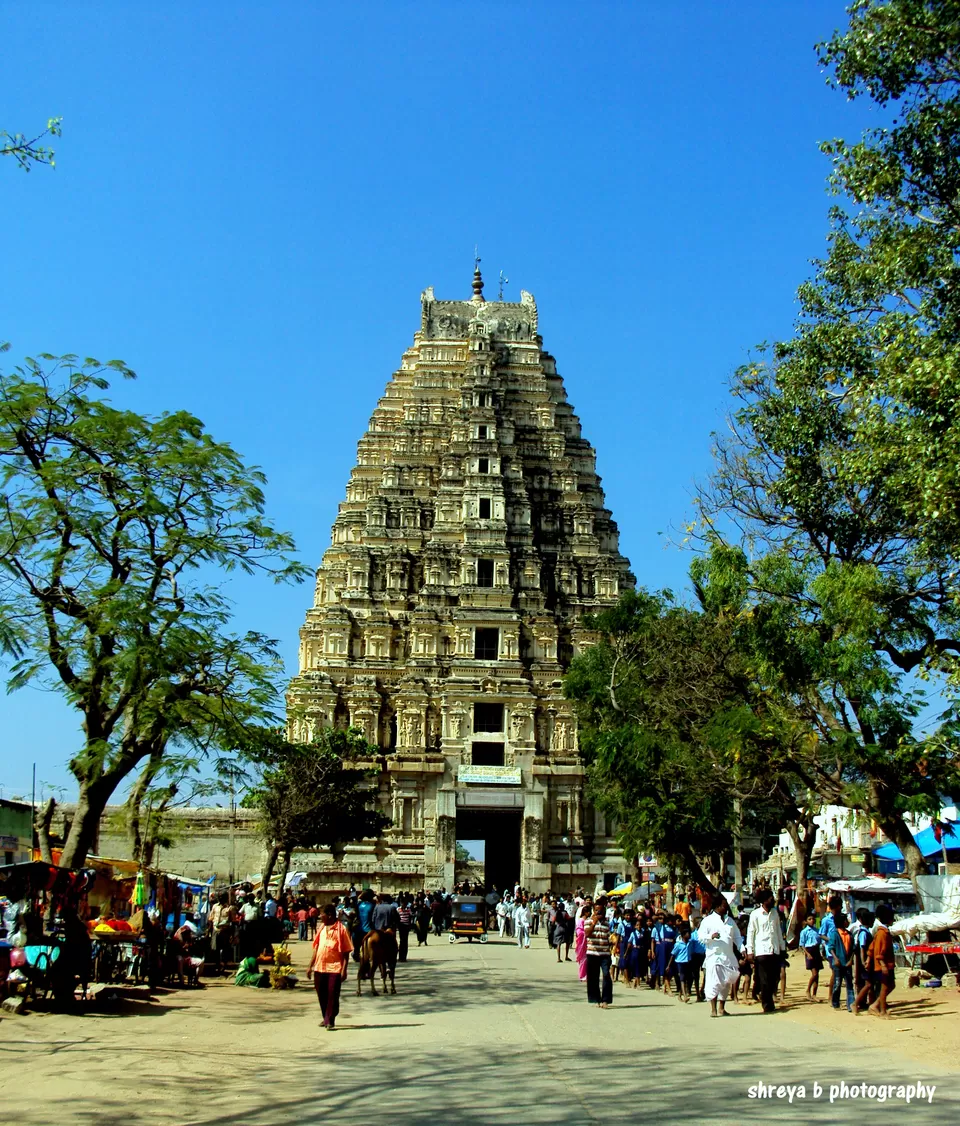
Points to look out for: the carvings, musical columns, intricate detailing, spatial organization, Indo-Islamic fusion style.
5. Fatehpur Sikri
This city of victory or fatehpur Sikri made by Mughal Emperor Akbar during later half of the 16th century is one of the best preserved examples of Indo-Saracenic Mughal Architecture in India. This imperial complex is home to a mosque, a tomb and a royal complex.This UNESCO World Heritage Site mostly consists of structures made out of sandstone. The Sacred cluster consists of a mosque, Jama Masjid and the tomb of Salim Chisti and the Royal Cluster consists of a capital fortified town.

Points to look out for: the fusion style, geometric and floral motifs, columns and brackets, site planning orientation as per climate, utilization of human psychological factor with respect to scale of structures
P.S : Not all the elements and aspects are revealed here. There are many surprises still left in these clusters. So, Go !!!!! Explore..........











